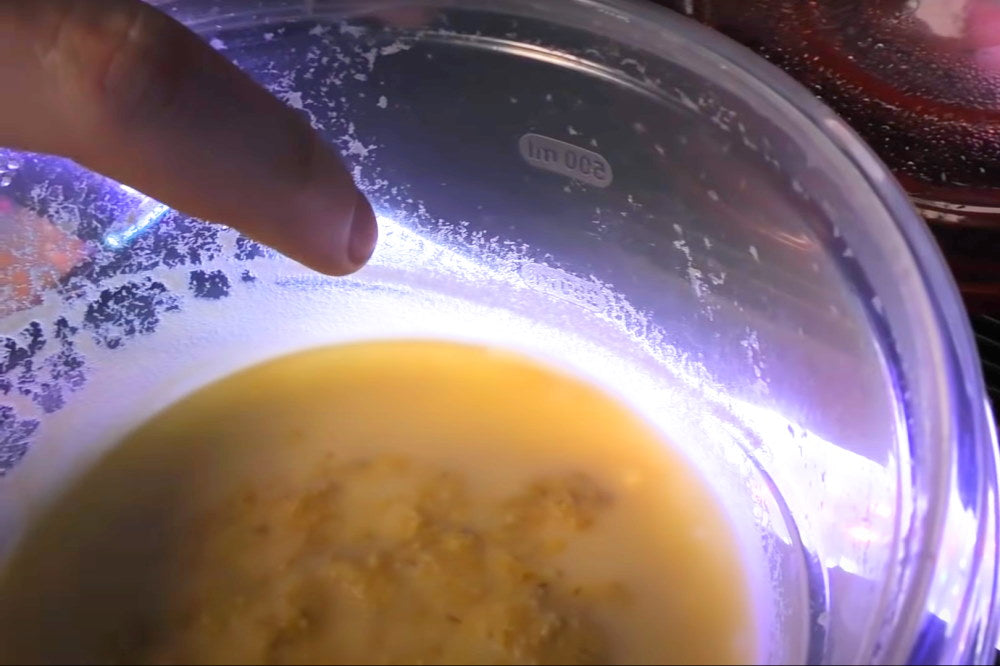

Microworms reach sexual maturity within about 3 days and are sexually dimorphic, with the males being smaller and having a curled tail. Under the microscope, their white, unsegmented, elongated bodies can be easily seen in constant motion. Microscopic image of adult microworms on a 1 mm grid. Their elongated body shape (Figure 1) makes them easy prey for small-mouthed larvae to consume.įigure 1. Their small size (less than 3 mm) and active movement make them an attractive food for first feeding larval fish. The two most common species used in aquaculture are Anguillula silusiae and Panagrellus redivivus. "Microworms" is the common name for the group of microscopic white nematodes used as a feed for larval fishes. However, microworms are not a nutritionally complete diet for all species and should be used on a case-by-case basis.

Microworms offer excellent potential to diversify a facility's live feeds and available larval diets and can potentially help lower feed costs. Microworms provide appropriate nutrition for many species and can be cultured entirely in house, involving less labor and lower costs than newly hatched Artemia. These worms are small enough for larvae of many commonly cultured ornamental species to ingest, and production methods for microworms are simple and reliable. For over 50 years, aquarium hobbyists and the aquaculture industry have used a small nematode worm commonly called a "microworm" as an alternative to brine shrimp for larval fish that need live feed. Finally, they are often difficult to source.

The freshwater ornamental fish industry relies heavily on newly hatched Artemia (brine shrimp) as a first-feed item, but prices for Artemia are volatile and labor costs associated with them are frequently high. Many species in commercial production require small live feed organisms during first feeding and the larval stages and cannot survive on inert diets. During the larval phase, fish are at their most sensitive and may have very specific nutritional demands that must be met to ensure their growth and survival. Rearing larval fish is one of the most challenging aspects of aquaculture, and many bottlenecks must be overcome for successful production.


 0 kommentar(er)
0 kommentar(er)
